Research
Below is a collection of projects on which I’ve worked with collaborators. The relevant fields include observational astrophysics, theoretical quantum optics, gravitational wave interferometry, nuclear fusion in tokamaks, mathematical foundations of general relativity, and galaxy-scale dynamics as a probe of particle physics.
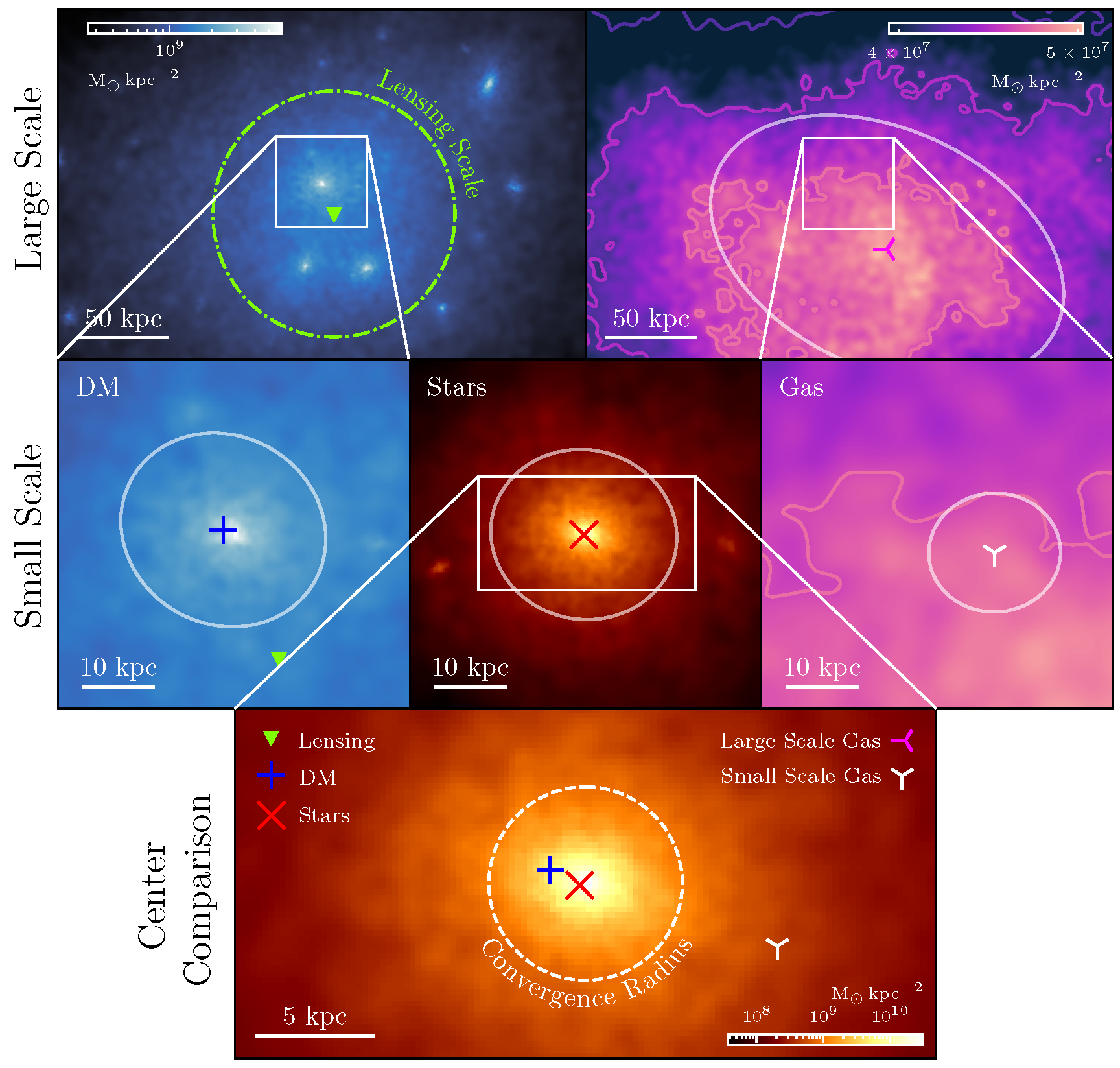
Dark Matter Self-Interaction via Galaxy Wobbling
The BCG (brightest cluster galaxy) sitting in the core of a galaxy cluster can "wobble" over time in the potential well of the host cluster, which is primarily set by the dark matter. By looking at the distribution of distances between BCGs and the potential minimums of galaxy clusters (obtained via strong lensing measurements) one can place constraints on the self-interaction cross section of dark matter. Roughly, the more the dark matter interactis with itself, the flatter the potential and the higher the amplitude of the BCG's wobble. Supervised by Prof. Michael McDonald and Prof. Mark Vogelsberger. Article in preparation.
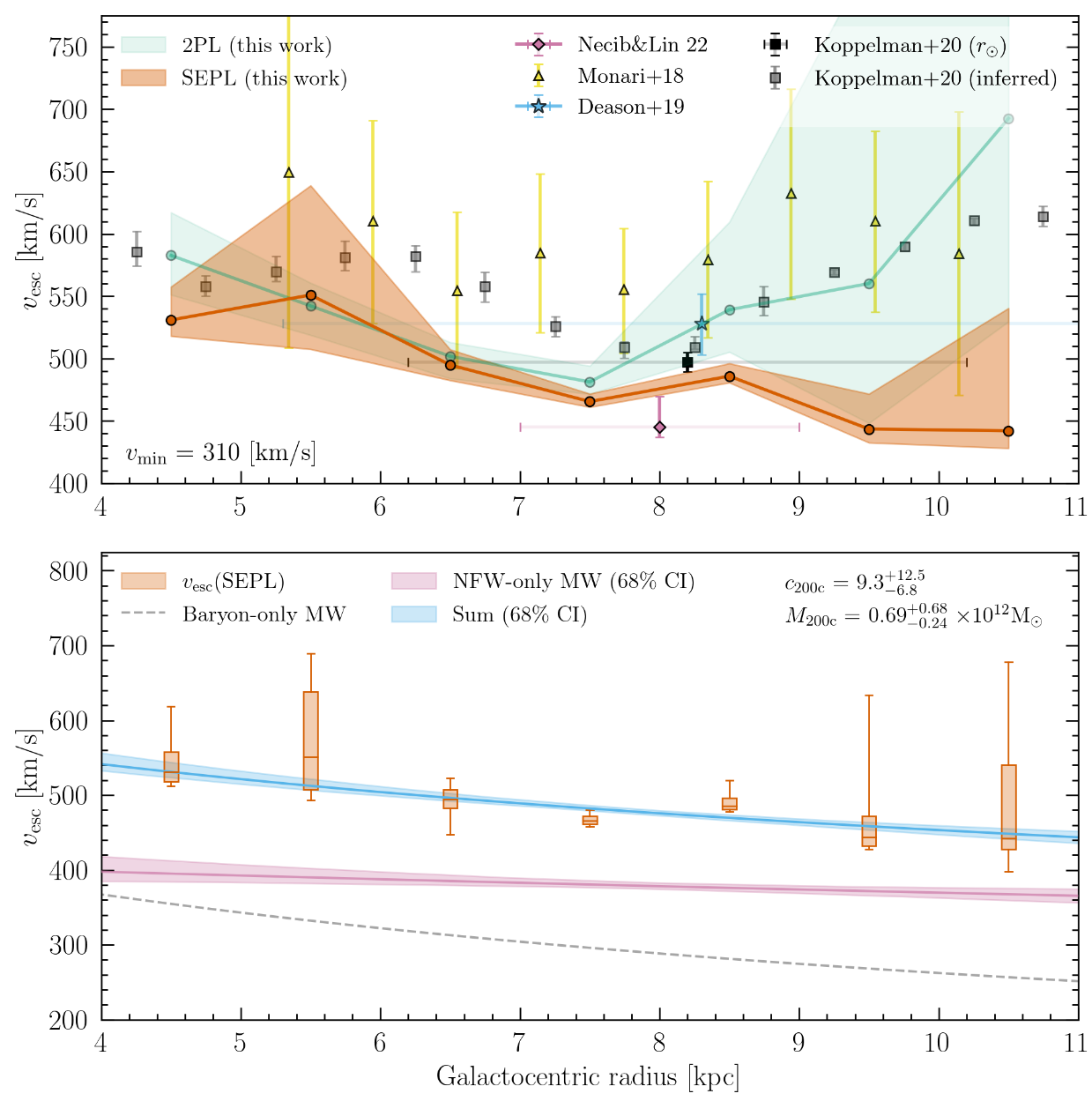
Measuring the Milky Way Mass Profile via Stellar Kinematics
The escape velocity profile of the Milky Way is a valuable probe of the underlying mass distribution and dark matter properties. By modelling the tail of the stellar speed distribution of halo stars in Gaia DR3, we obtain an escape velocity profile of the Milky Way from 4 kpc to 11 kpc. We can use this profile to constrain the parameters of any dark matter halo model, and do so for the NFW, generalized NFW and Burkert profiles, finding a light Milky Way that is however consistent with previous estimates. Supervised by Prof. Lina Necib. Article in preparation.
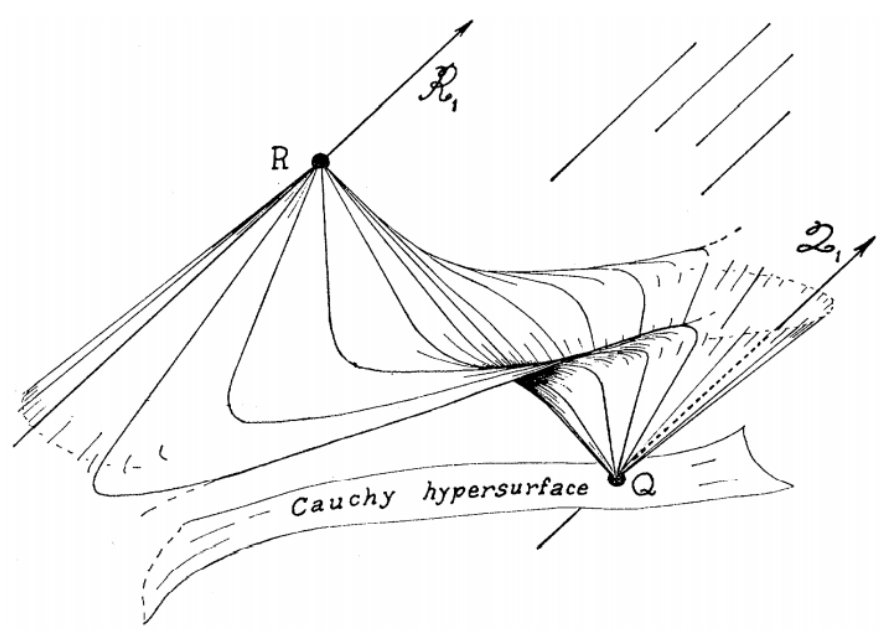
Exact Wavelike Solutions in General Relativity
This master thesis project motivates and investigates the mathematical structure of pp-wave spacetimes. Topics include Penrose limits, the causal ladder and addressing the Ehlers-Kundt conjecture. Supervised by Prof. Carla Cederbaum.
Accepted by general relativity and gravitation - available here.

Exotic State Preparation in a Triangular Optical Lattice
Optical lattices provide highly controllable systems for trapping and exciting gases of ultracold atoms. They are ideal candidates for the quantum simulation of condensed matter systems, for which many implementations require higher orbital occupation. In this report, methods for creating higher orbital states in a triangular optical lattice are developed.
Report available here
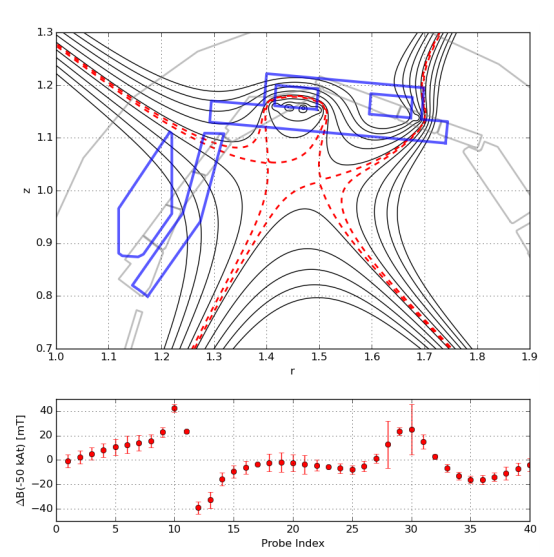
High Order Nulls in the Poloidal fields of ASDEX Upgrade
ASDEX Upgrade (Axially Symmetric Divertor Experiment) is a magnetic confinement tokamak experiment in the Max Planck Institute for Plasma Physics in Garching, Germany. Planned upgrades to the tokamak will greatly change the magnetic field structure near the tungsten upper divertor plates in an attempt to flare out flux tubes, thus reducing heat flux on the divertor. This project estimates the accuracy with which the poloidal field probes can resolve the more complex magnetic field structure for varying upper divertor coil (UDC) currents. Report here.

An Introduction to Signal Processing in Interferometry
The basic techniques of signal processing are presented in the context of the detection of gravitational radiation (gravitational wave event GW150914) produced by the merger of a binary black hole system as detected by the Hanford and Livingston LIGO detectors. The target level for this document is undergraduate, with the focus on introducing techniques and gaining intuition for signal processing in general. Largely based on documents and notebooks released by advanced LIGO as detailed in the document.
Report available here
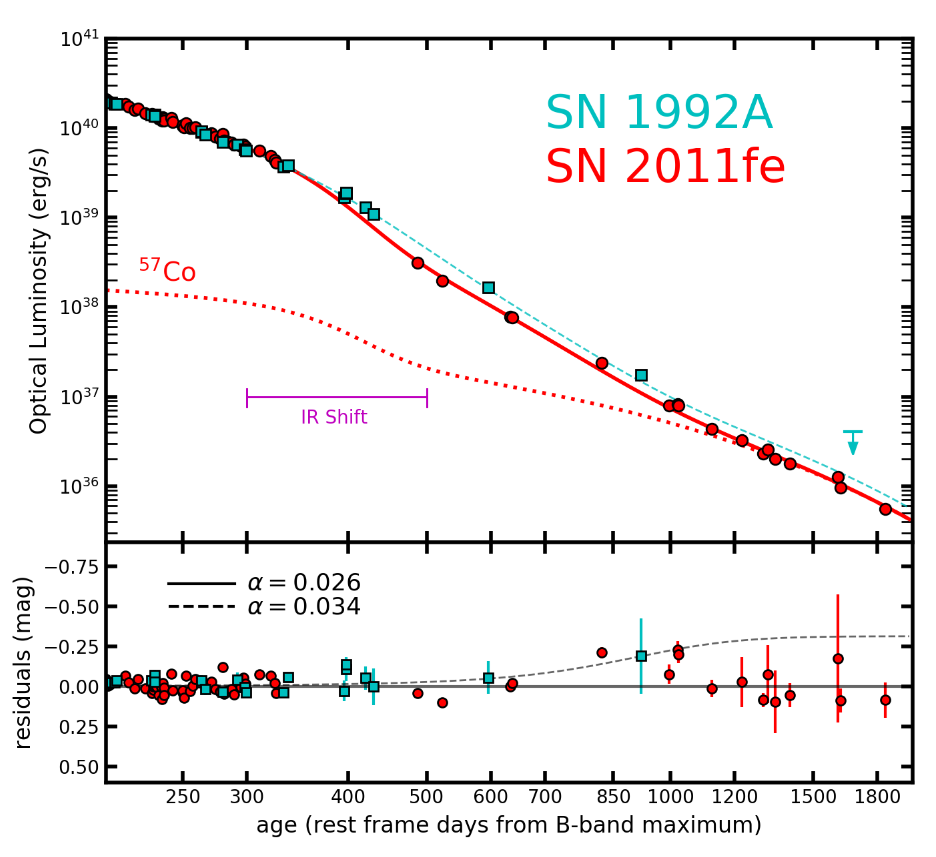
The Progenitor System of Supernova 1992a
An investigation of the progenitor system of supernova (SN) 1992a using late time photometry. The late time light curve of SNe 1a can be modelled via two primary decay mechanisms with intial relative isotopic abundances created by the SN as free parameters. It has been shown that isotopic abundances vary greatly with different progenitor models for SNe 1a, thus by modelling the late time light curve and comparing its evolution to a photometric analysis (using images from Hubble Space Telescope and Cerro Tololo Inter-American Observatory) we can infer a progenitor model. Report available here.
